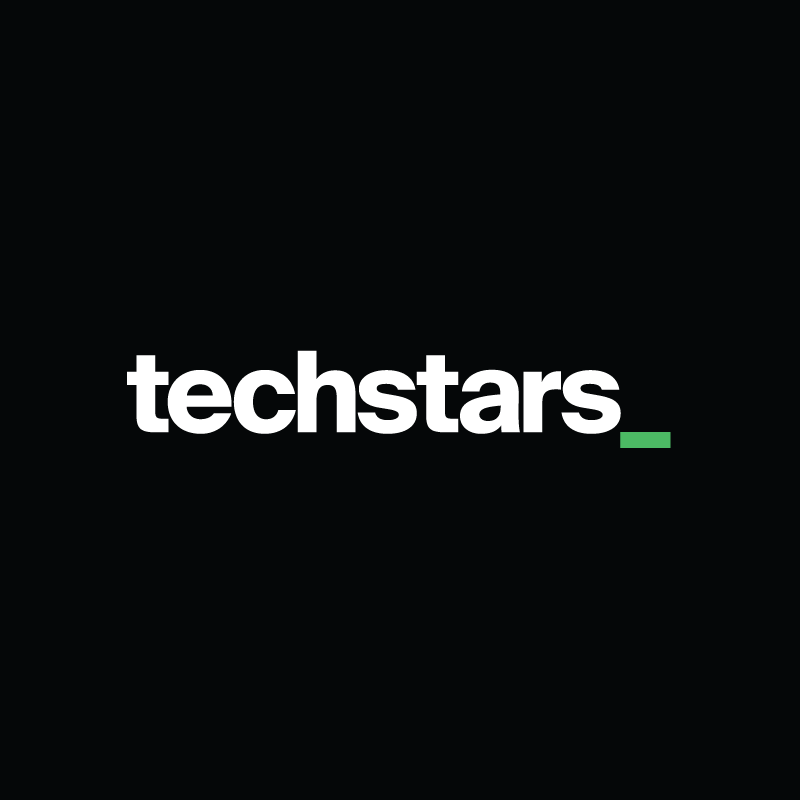Sometimes students need help thinking outside the box, aka exploring the “adjacent possible”—the space where new ideas multiply. This Techstars Entrepreneur’s Toolkit module on Category Design uses real-life examples like Apple, Airbnb, Glacéau, and even Chrysler to explain the opportunity of identifying a new product or service category and designing a solution that can fulfill that unmet consumer need. Like the Lean Toolkit, this module can be used to challenge students to think more creatively.
Defining the Category
Most entrepreneurs begin with the design or the product or service they plan to offer. A subset of these individuals then considers the design of the company that they are creating and what is necessary, organizationally, for its long term success. The smallest—but frequently most successful—group of entrepreneurs also spends time and effort understanding the category of the solution they are providing, as well as how that might impact their product or service and company design or whether they might operate in a new category altogether!
To introduce the idea of “category design” to your students, encourage them to think about the category as a line in an annual or monthly budget. For college students, there may be an amount allocated for groceries, transportation, housing, clothing, phone, entertainment—and hopefully, some allocation for education! If total spending can increase, the natural expectation might be to choose one or two budget categories to increase. But what if, instead, the student added a whole new budget category and put the new spend allocation here? That’s the idea behind category design.
Three Phases of Category Development
In the current hyper-competitive business environment, category leaders, sometimes known as “Category Kings,” use consumer cognitive biases like the anchoring effect, groupthink, or choice support to get and maintain their place in a category. These businesses often have an advantage in repeating sales, attracting talent, and creating value. It is more important than ever to be the first to market.
Recent research on venture-backed companies from Category Design Advisors found that new product and service categories typically go through three similarly timed phases:
- Define (years 0-6): A few businesses are figuring out the category opportunity, and customers recognize their new need. Lots of competitors appear.
- Develop (years 6-10): After a peak, the number of businesses decreases to those with genuine potential. Customers have accepted the need that defines this new category. Category leaders begin to appear, and the largest amount of investment occurs in these companies.
- Dominate (years 10+ years): The number of businesses chasing this opportunity levels out and the category leaders are clear.
Category Design Advisors has found that the Develop phase is the best for major investment and subsequent value creation. In other words, while students are often overly focused on raising major capital now, this research illustrates that they have time. Instead, encourage them to focus first on understanding their category and refining their solution.

Recommended Student-Director Meetings:
To help your students be more innovative in their thinking, consider hosting group events or one-on-one meetings to share some of the category design videos in this module. Then ask each student (or student teams if working with a group) to discuss each one of these case studies and then present what they found to you or the group. Note: Students may need time to do in-the-moment research. Alternatively, you can assign the company/product and ask students to learn more about its category design experience at home before coming back to meet with you. You may then ask them to consider what other companies identified a new category, and developed a product to meet that unmet need.
Questions to Ask: (See module worksheets for more information.)
- What was the traditional product or service category this company might have operated in?
- What was the problem(s) with the existing solutions offered to the market? What were the unrealized and unmet needs of customers?
- What new category did this company create, and what product resolved the unmet need?
- What message(s) does this company use or should it use to best communicate its unique category positioning?
AirBnB:
| Traditional Category: | Hospitality / Traditional Hotels |
| Problem(s): |
|
| Solution: |
New Category: Space-sharing Product: AirBnB Rental |
| Messaging: | Book unique homes and experiences (not “rooms”). |
Apple:
| Traditional Category: | Smart Phones or Laptop Computers |
| Problem(s): |
|
| Solution: |
New Category: Tablet Computer Product: iPad |
| Messaging: | The iPad is revolutionizing portable computing for the modern age. |
Glacéau:
| Traditional Category: | Bottled Water |
| Problem(s): |
Increasingly health-conscious consumers were looking for ways to:
|
| Solution: |
New Category: Enhanced Water Product: SmartWater and VitaminWater |
| Messaging: | Smartwater is simple, pure, and delicious… Containing a unique blend of calcium, magnesium, and potassium… free of sugar, calories, coloring, and artificial flavors. |
Living Essentials:
| Traditional Category: | Energy Drinks |
| Problem(s): |
|
| Solution: |
New Category: Energy Shot Product: 5-hour ENERGY |
| Messaging: | It’s quick, simple, and made to help hard-working people. Shelf-stable, you can keep them (and sellers can offer them) anywhere. |
Chrysler Minivan:
| Traditional Category: | Station Wagons or Full-size Vans |
| Problem(s): |
|
| Solution: |
New Category: Minivan Product: Plymouth Voyager / Dodge Caravan |
| Messaging: | If you have a family, you need a minivan. |
While each of these companies and products ultimately created massive demand and resulting revenue, when just starting, venture capitalists might have defined each of them as a “$0 billion dollar market”. This term describes a huge commercial opportunity that, due to its extremely early stage, takes courage and creativity to pursue. Student entrepreneurs that do so must think fundamentally differently, rather than just how to incrementally improve something that already exists.
Remember: The company that designs the category is best positioned to dominate it.
 Further campus leader reading: In 2016, the book “Play Bigger: How Pirates, Dreamers, and Innovators Create and Dominate Markets” by Al Ramadan, Dave Peterson, Christopher Lochhead, and Kevin Maney introduced the idea of category design. The book explains how innovators can create new demand where none existed.
Further campus leader reading: In 2016, the book “Play Bigger: How Pirates, Dreamers, and Innovators Create and Dominate Markets” by Al Ramadan, Dave Peterson, Christopher Lochhead, and Kevin Maney introduced the idea of category design. The book explains how innovators can create new demand where none existed.






